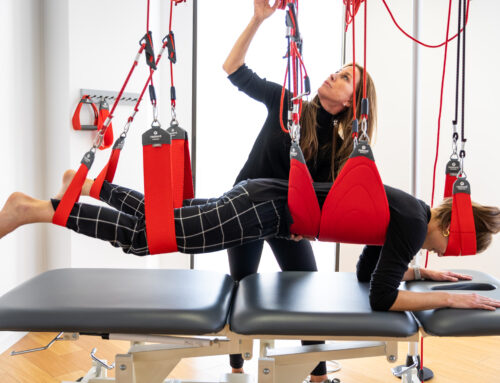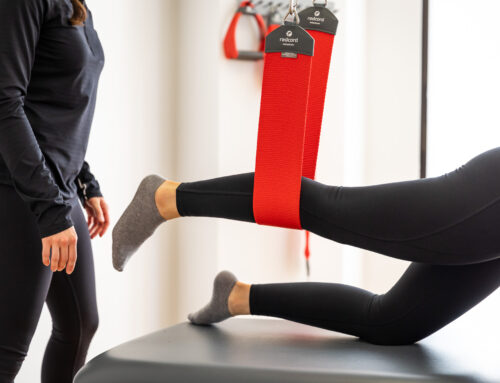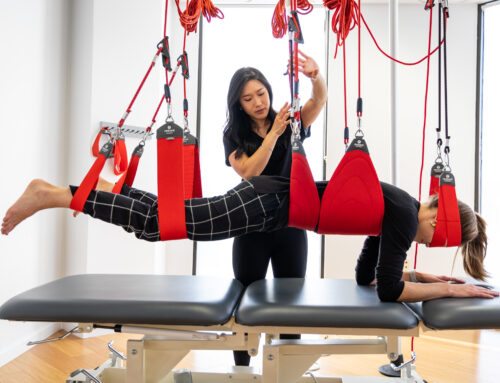Good posture isn’t just about appearances; it’s a cornerstone of your overall health and well-being. A well-aligned spine not only reduces the risk of musculoskeletal problems but also boosts your confidence and energy levels. However, in today’s digital age, maintaining proper posture has become a challenge due to prolonged sitting, hunching over screens, and other lifestyle factors. This article provides essential tips and practices to help you maintain good posture and lead a healthier, pain-free life.
- Mind Your Alignment:
Imagine a straight line running from your ears through your shoulders, hips, and down to your ankles. Keeping this mental image can remind you to maintain proper alignment while sitting, standing, or walking. Aligning your body properly distributes weight evenly and reduces strain on muscles and joints.
- Ergonomic Workspaces:
Whether at home or in the office, invest in ergonomic furniture and accessories. Adjust your chair height to ensure your feet are flat on the ground and your knees are at a 90-degree angle. Position your computer screen at eye level to prevent hunching forward.
- Break the Sedentary Cycle:
Set a timer to remind you to stand up, stretch, and move around every 30 minutes. Prolonged sitting can lead to muscle imbalances and posture problems. Even a brief walk or stretching routine can make a significant difference.
- Strengthen Your Core:
A strong core provides support for your spine and helps maintain good posture. Incorporate exercises like planks, bridges, and Pilates into your routine to target the muscles that contribute to a stable core.
- Practice Shoulder Awareness:
Rolling your shoulders forward can lead to rounded posture. Instead, gently squeeze your shoulder blades together and down your back. This opens up your chest and encourages proper alignment.
- Monitor Your Devices:
Hold your smartphone or tablet at eye level rather than looking down for extended periods. Adjust your computer screen and keyboard to encourage a neutral wrist position while typing.
- Mindful Standing:
When standing, distribute your weight evenly between both feet, keeping them hip-width apart. Avoid locking your knees and gently engage your core muscles to support your lower back.
- Stretch Regularly:
Incorporate stretching exercises into your daily routine to release tension and improve flexibility. Focus on muscles that tend to tighten due to poor posture, such as your chest, hip flexors, and hamstrings.
- Use Lumbar Support:
If you sit for extended periods, use a cushion or a rolled-up towel to support the natural curve of your lower back. This helps maintain the lumbar curve and prevents slouching.
- Be Mindful of Carrying Bags:
Whether it’s a backpack, purse, or laptop bag, distribute the weight evenly on both shoulders or use a crossbody strap. Avoid carrying heavy bags on just one side, as it can cause postural imbalances.
Maintaining good posture is a conscious effort that pays off in improved spinal health, reduced discomfort, and increased self-confidence. By incorporating these essential tips into your daily routine, you can create positive posture habits that support your overall well-being. Remember, it’s not just about how you look; it’s about how you feel and how well your body functions. Prioritize your posture, make small adjustments, and reap the long-term benefits of a healthier spine and body.
Call our Santa Monica office at (310) 453 – 6166 to schedule a treatment, or book an appointment online now.





